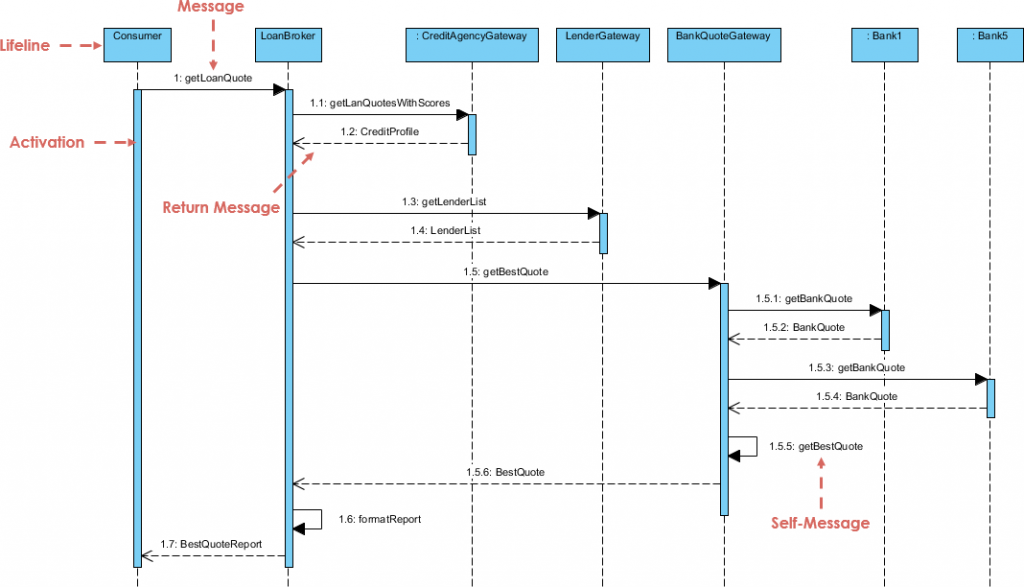
They can be "autonomous" and represent a process, or represent the behavior of an operation. Partitions can be represented horizontally or vertically. Modelio supports all the detailed features of UML2 activity diagrams. We see here embedded partitions, behavior call actions, pins, received events and data stores. Modelio makes it quick and easy to create activity diagrams through smart interactions: for example, just drag & drop an operation into an activity diagram to create an “operation call action” that is connected to the operation. Icons attached to an element express when they are connected (represent, typed by) to other model elements. For example, we see that the "Hotliner" partition has an actor icon, expressing that the partition represents an existing actor (called Hotliner). These features make UML activity diagrams easy to understand and comfortable to use.Ī requirement specifies a capability or condition that must be satisfied. A requirement can define a function that a system must perform, or a performance condition a system must achieve. A requirement can appear in other diagrams to show its relationships to other model elements. Requirements have properties and links to other elements (requirements or model elements). Modelio provides a spreadsheet editor dedicated to requirements analysis, as well as graphical support of requirements modeling. In the example shown on the right, requirements are connected to model elements in order to express the model elements that refine, satisfy or verify them. The "DiscountTravelOrderingSite" component satisfies the "Internet booking access" requirement, because it implements functions related to the requirement. This requirement can be verified by running test cases related to the "Cancel Trip" and "Book Trip" use cases. Requirement diagrams are based on the OMG’s SysML ( System Modeling Language) standard.The term information model in general is used for models of individual things, such as facilities, buildings, process plants, etc. In those cases, the concept is specialised to facility information model, building information model, plant information model, etc. Such an information model is an integration of a model of the facility with the data and documents about the facility.
MODELIO ACTIVITY DIAGRAM EVENT SOFTWARE
Within the field of software engineering and data modeling, an information model is usually an abstract, formal representation of entity types that may include their properties, relationships and the operations that can be performed on them. The entity types in the model may be kinds of real-world objects, such as devices in a network, or occurrences, or they may themselves be abstract, such as for the entities used in a billing system. Typically, they are used to model a constrained domain that can be described by a closed set of entity types, properties, relationships and operations.Īn information model provides formalism to the description of a problem domain without constraining how that description is mapped to an actual implementation in software. There may be many mappings of the information model. Such mappings are called data models, irrespective of whether they are object models (e.g. using UML), entity relationship models or XML schemas.ĭatabase requirements for a CD collection in EXPRESS-G notation. In 1976, an entity-relationship (ER) graphic notation was introduced by Peter Chen. He stressed that it was a "semantic" modelling technique and independent of any database modelling techniques such as Hierarchical, CODASYL, Relational etc.

Since then, languages for information models have continued to evolve. Some examples are the Integrated Definition Language 1 Extended ( IDEF1X), the EXPRESS language and the Unified Modeling Language (UML). Research by contemporaries of Peter Chen such as J.R.Abrial (1974) and G.M Nijssen (1976) led to today's Fact Oriented Modeling (FOM) languages which are based on linguistic propositions rather than on "entities".
MODELIO ACTIVITY DIAGRAM EVENT MANUAL
FOM tools can be used to generate an ER model which means that the modeler can avoid the time-consuming and error prone practice of manual normalization.


 0 kommentar(er)
0 kommentar(er)
